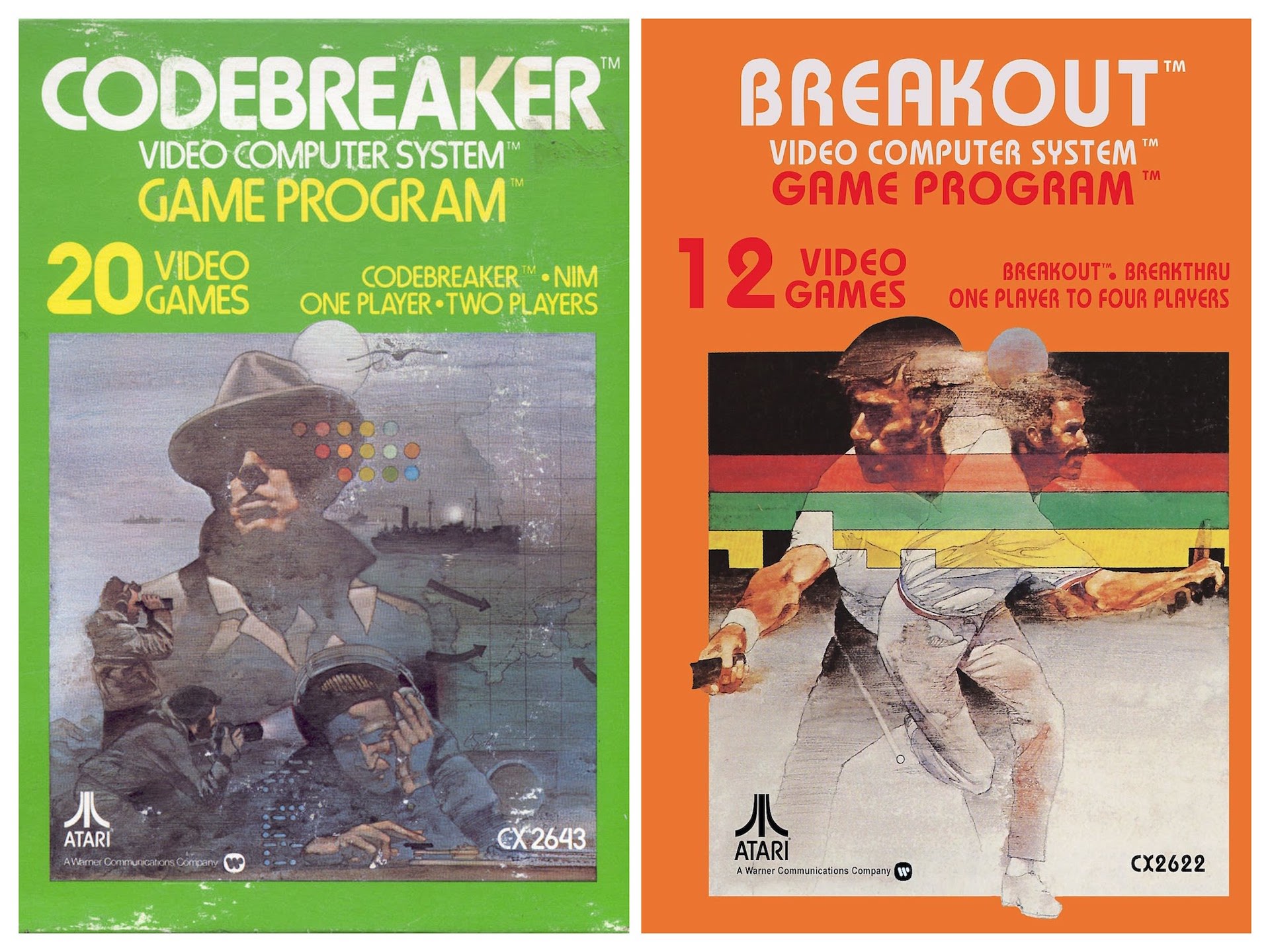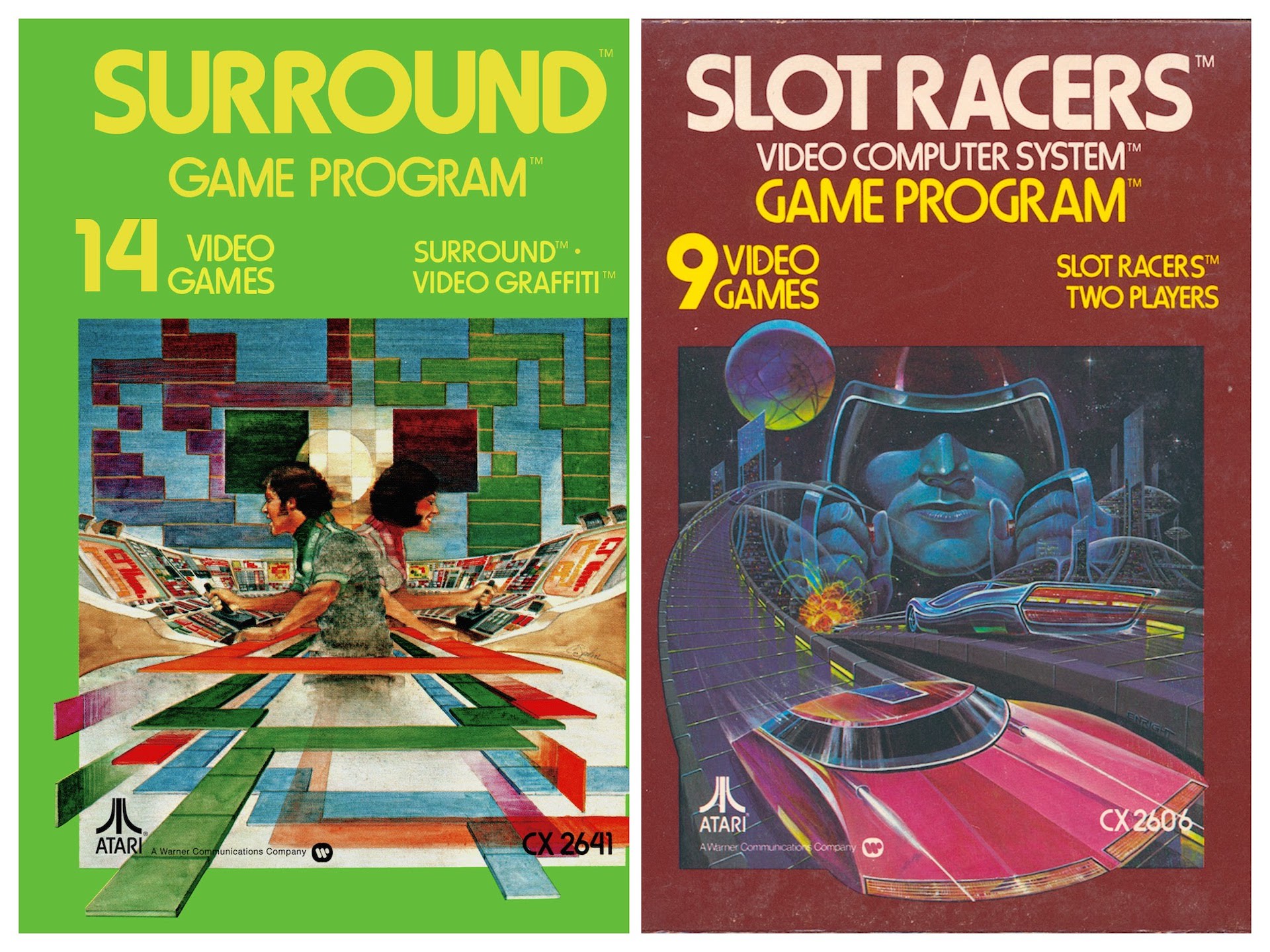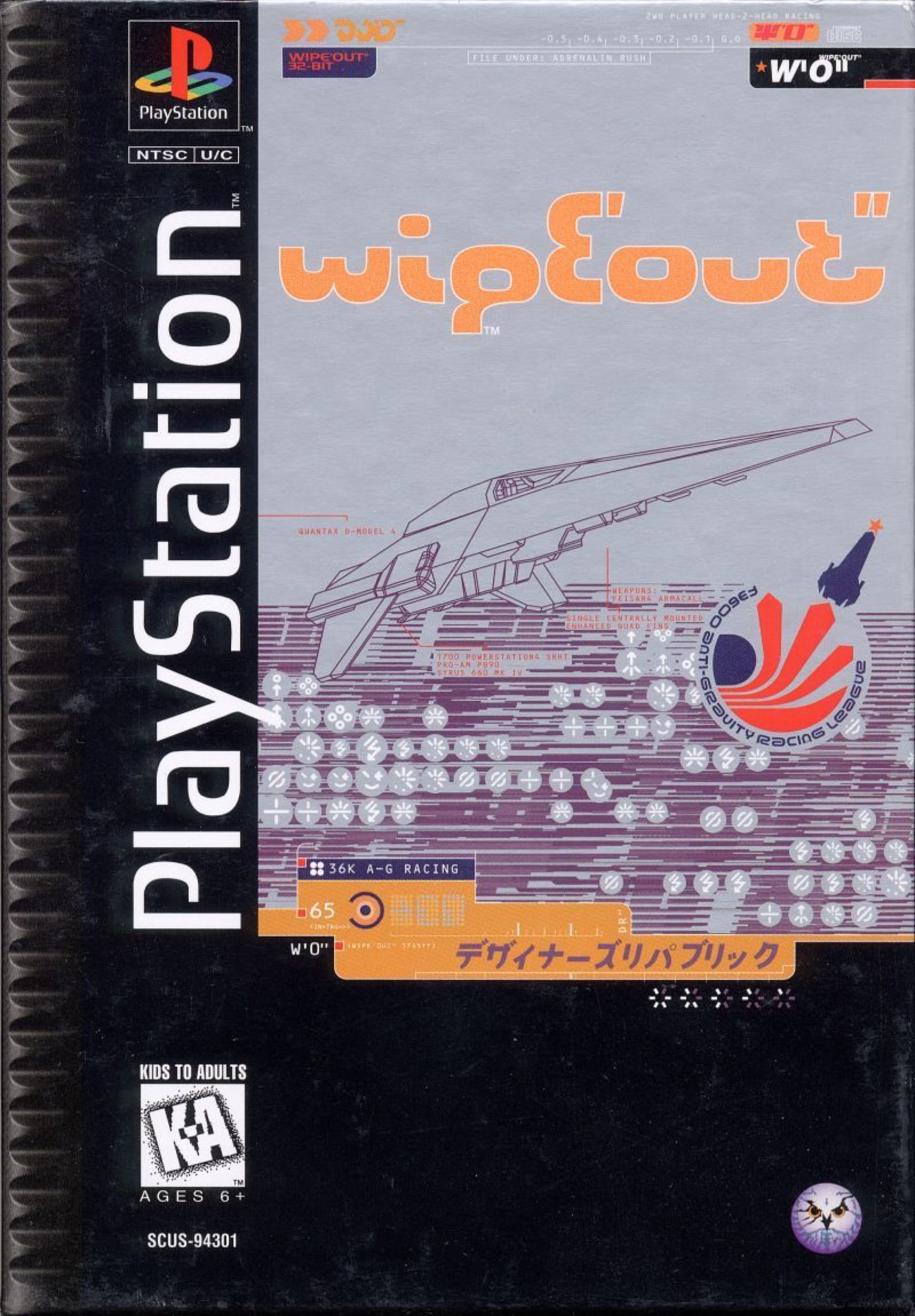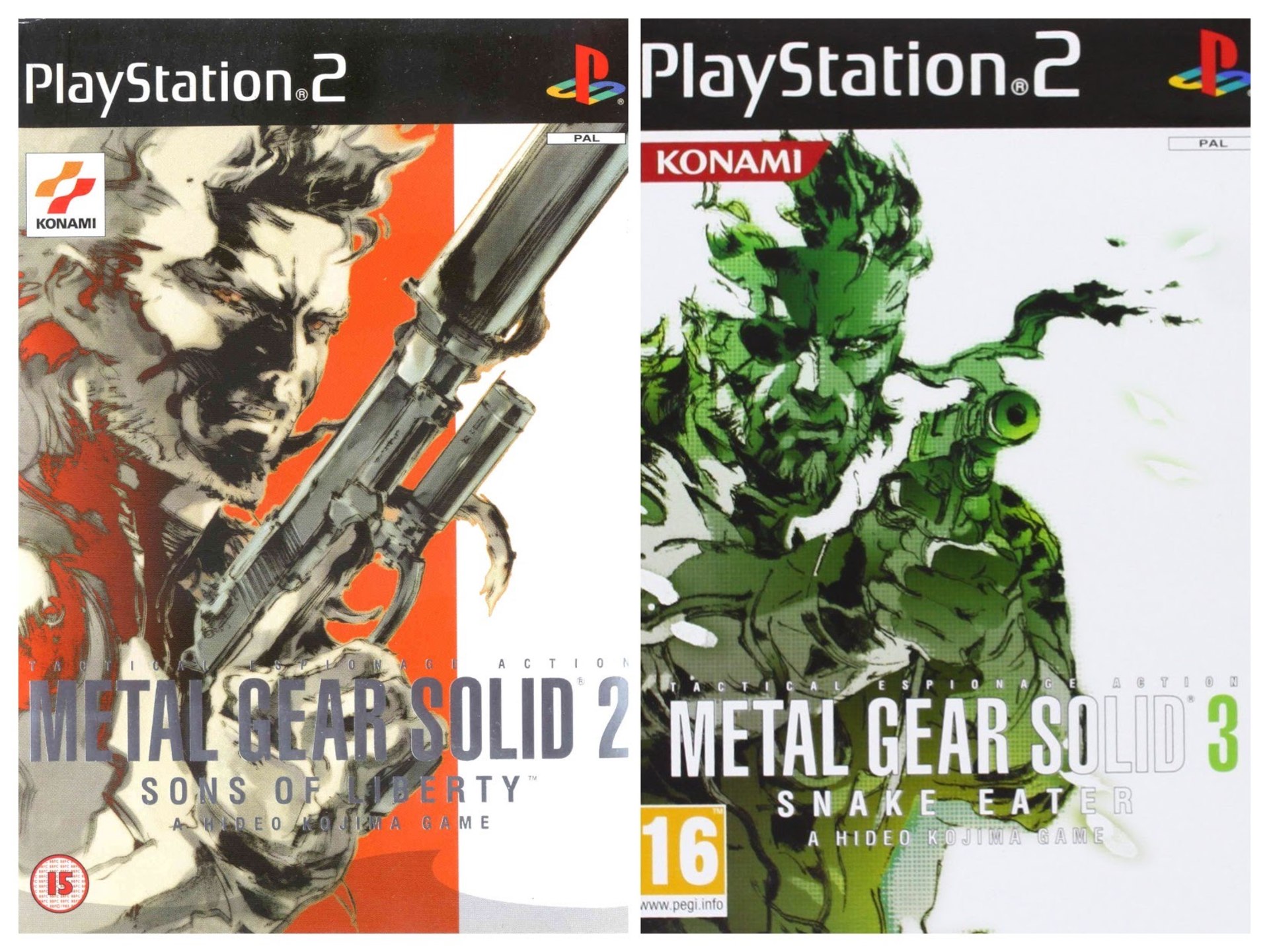4. Greg Wray's Sonic the Hedgehog's box designs
Communication, that was all SEGA of America was worried about, when its CEO Tom Kalinske started his big marketing fight with Nintendo, in 1991. Nintendo was the absolute market leader in games, dominating entertainment shelf space in the US with their NES and SNES consoles and Super Mario games, with SEGA lagging far behind, hoping to one day be a contender to the throne.
Kalinske had rescued Barbie from commercial doom when he worked at Mattel, and knew he needed a big gun to start the fight. Visiting SEGA of Japan, he had learned of a new game around a hedgehog named Sonic, a character that could work as a mascot, in the same way Mario worked for Nintendo. Could this Sonic be the face of the new SEGA, an icon capable of selling SEGA's new 16-bit console, the SEGA Genesis/Mega Drive?
Initially, no. As detailed in the
Sonic the Hedgehog art and design book, the Japanese designers had drummed up a typical manga character, with soft and rounded features, and with large eyes and head. They also came up with a backstory that, in Kalinske's eyes, only made sense when you were Japanese, to put it mildly: Sonic was the leader of a rock band, who was on a quest to save his girlfriend, Madonna—at that point in time the number one female musician in the world.







